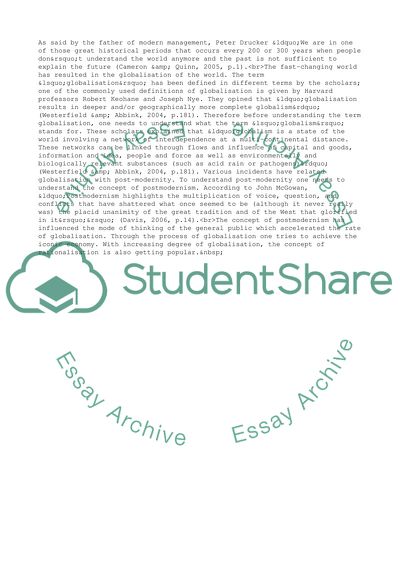Cite this document
(Designing Leading and Managing a Sustainable Competitive Strategy Research Paper, n.d.)
Designing Leading and Managing a Sustainable Competitive Strategy Research Paper. Retrieved from https://studentshare.org/business/1736186-designing-leading-and-managing-a-sustainable-competitive-strategy
Designing Leading and Managing a Sustainable Competitive Strategy Research Paper. Retrieved from https://studentshare.org/business/1736186-designing-leading-and-managing-a-sustainable-competitive-strategy
(Designing Leading and Managing a Sustainable Competitive Strategy Research Paper)
Designing Leading and Managing a Sustainable Competitive Strategy Research Paper. https://studentshare.org/business/1736186-designing-leading-and-managing-a-sustainable-competitive-strategy.
Designing Leading and Managing a Sustainable Competitive Strategy Research Paper. https://studentshare.org/business/1736186-designing-leading-and-managing-a-sustainable-competitive-strategy.
“Designing Leading and Managing a Sustainable Competitive Strategy Research Paper”, n.d. https://studentshare.org/business/1736186-designing-leading-and-managing-a-sustainable-competitive-strategy.


